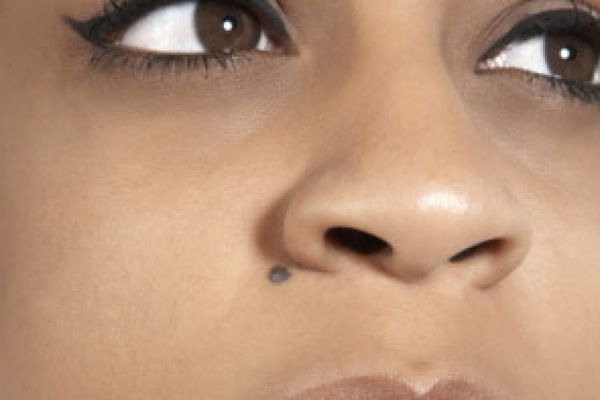Moles are like opinions -- almost everyone has one. In fact, it's normal to have 10 to 40 moles on your skin by adulthood [source: WebMD]. Moles appear when cells grow in clusters instead of spreading throughout the skin. These cells, called melanocytes, make the pigment that gives skin its color, and they can cause moles to darken during teenage years, after sun exposure or during pregnancy [source: WebMD]. Moles can appear anywhere on your body -- from your face to your feet -- and they're typically harmless. However, some moles can be cancerous.
Most moles are brown or black in color and smaller than the size of a pencil eraser -- but if your mole doesn't fit this description, that doesn't necessarily mean it's cancerous. However, if your mole is asymmetrical, has an irregular border, is different colors or changes shape, you may want to see a dermatologist [source: American Academy of Dermatology]. Most moles are benign, but a dermatologist will be able to remove the mole and test it to determine if it's cancerous [source: Leffell].
Advertisement
But cancer isn't the only reason to have a mole removed. Many people elect to get rid of moles because they simply don't like the way they look. If you have an unsightly mole, you don't have to live with it. An hour in an operating room and a couple weeks of recovery could leave you mole-free and confident. There are several mole-removal procedures available; however some are more effective than others.
Keep reading to learn about mole removal procedures.
Advertisement


